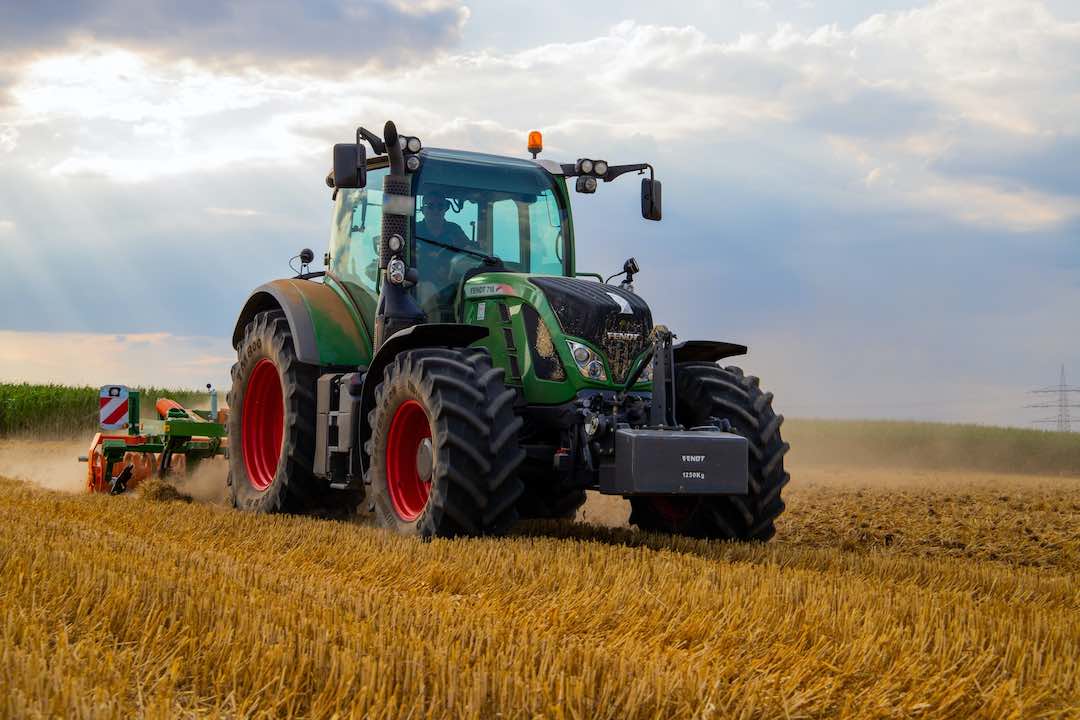Food
The food we eat and how we produce it has a significant impact on climate change. A recent study shows that more than a third of all man-made greenhouse gas emissions are generated by food systems. In addition, food production consumes large amounts of natural resources and results in biodiversity loss.
To make Europe’s food system more resilient, the European Commission put the Farm to Fork Strategy at the heart of its Green Deal. The strategy aims to make food systems fair, healthy and environmentally-friendly: less food waste, more sustainable production, processing, and consumption.
Discover versatile vinyl’s role in food production, from greenhouses to food processing, from high-tech UV lighted vertical factories and massive rooftop farms to local DIY projects with upcycled PVC building products as plant containers.
Europe’s food grows in PVC greenhouses
Light, durable, and cost-effective PVC is becoming a very popular material for greenhouses, used in traditional large-scale farms, for hobby growers and in urban agriculture.
PVC profiles are found in many of Europe’s greenhouses. PVC profiles are used for growing gutters, windows, curtain cassettes, insulation profiles, roof protection, window glazing beads, sill sealing and joists, ground protection and much more.
Transparent PVC covers help the light in while maintaining a stable temperature inside, minimising energy loss. The lightness of the material makes it easy to lift and manipulate, resulting in a much simpler building process, and allowing to move greenhouses if the need arises.
PVC is also used for greenhouse flooring and other horticultural equipment. In fact, these products are a major uptake for recycled PVC in Europe.
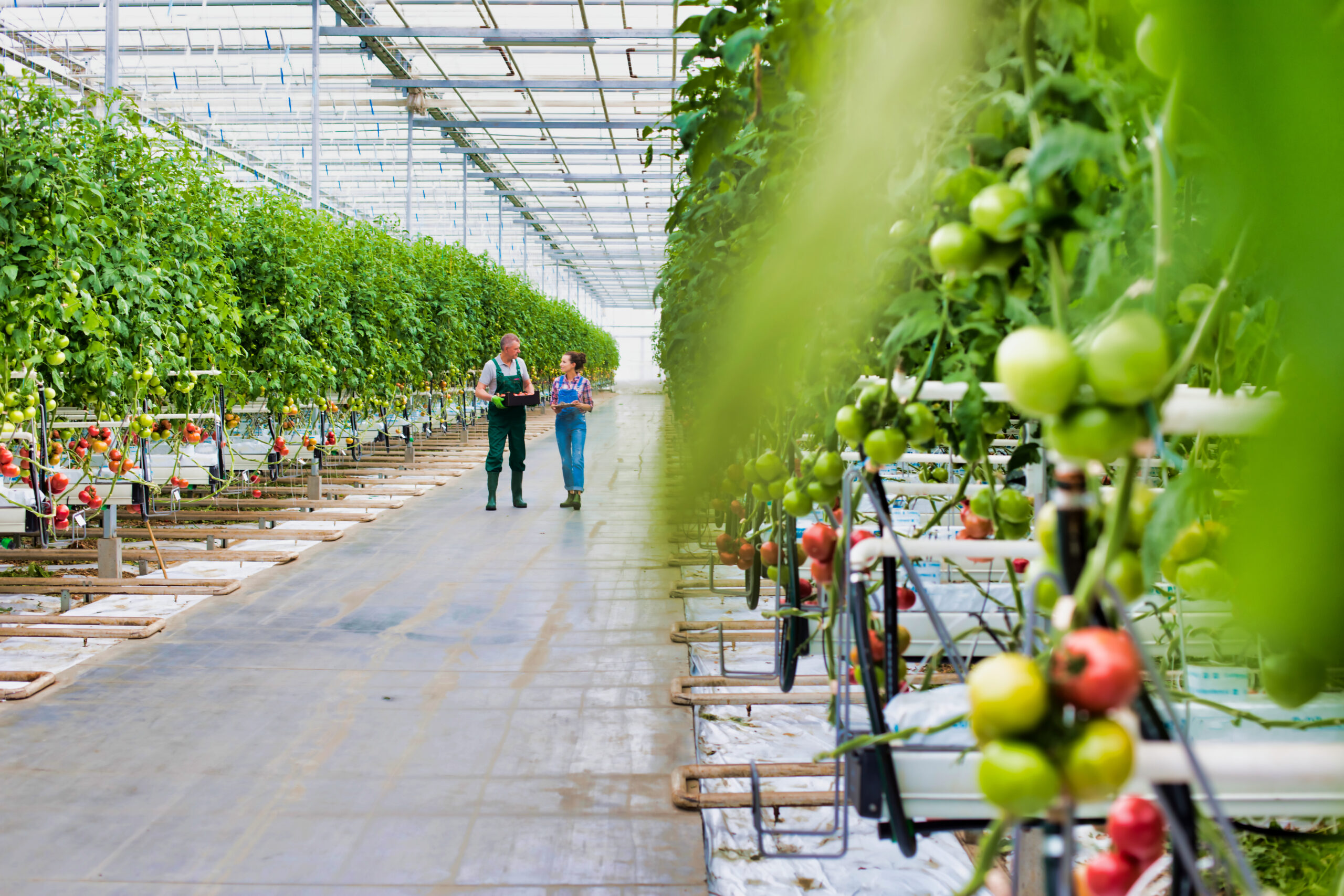
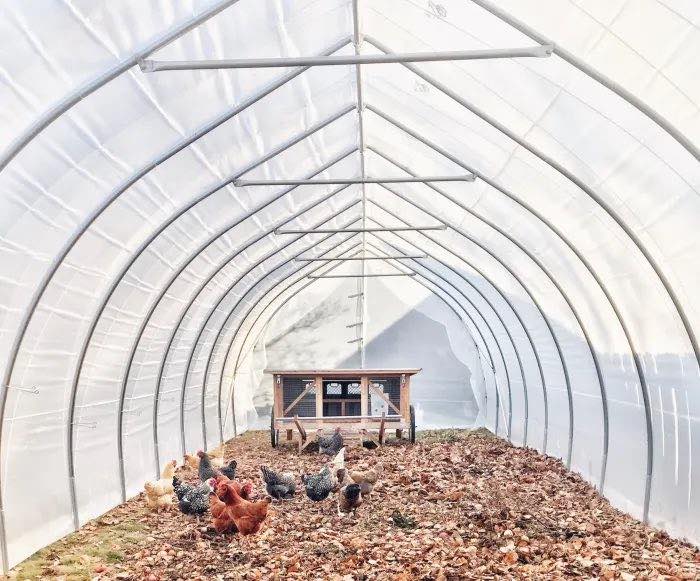
PVC pipes can make many ideas come true for the home gardener or community gardening. PVC pipes are well-suited for DIY greenhouses, as the they are highly resistant to adverse weather and will not rot or rust. The low cost, long life and low carbon footprint of make PVC a material that meets the three pillars of sustainability.
Professional urban farmers choose PVC
Urban farming is gaining a foothold all across Europe. By producing food locally, emissions from transport, processing and cooling are minimised. At the same time, urban farming can contribute to socio-economic goals.
Urban agriculture takes many forms. These can range from household, school and community gardens to rooftop, vertical and indoor farms with high-tech aquaponic, hydroponic and aeroponic growing systems.
For professional urban farmers PVC is the go-to material for growing systems, according to Eric Dargent from the Lyon-based company Refarmers that supplies urban agriculture solutions to European cities: “We need to give our customers something very solid and heavy duty, because our growing systems are designed for professionals. So we need a high quality standard. PVC is highly stable, it’s very durable, so it’s a great material for urban farming.”
An example of how PVC plastic makes large-scale local food production possible is the Nature Urbaine project in Paris, France. When completed, Nature Urbaine will be the world’s largest urban farm. In contrast to traditional farms where the plants are spread in rows on the ground, the plants grow upwards, supported by vertical columns of PVC pipes and bamboo. In this way, a square metre becomes five times more productive than usual.
Photo credit: Nature Urbaine.
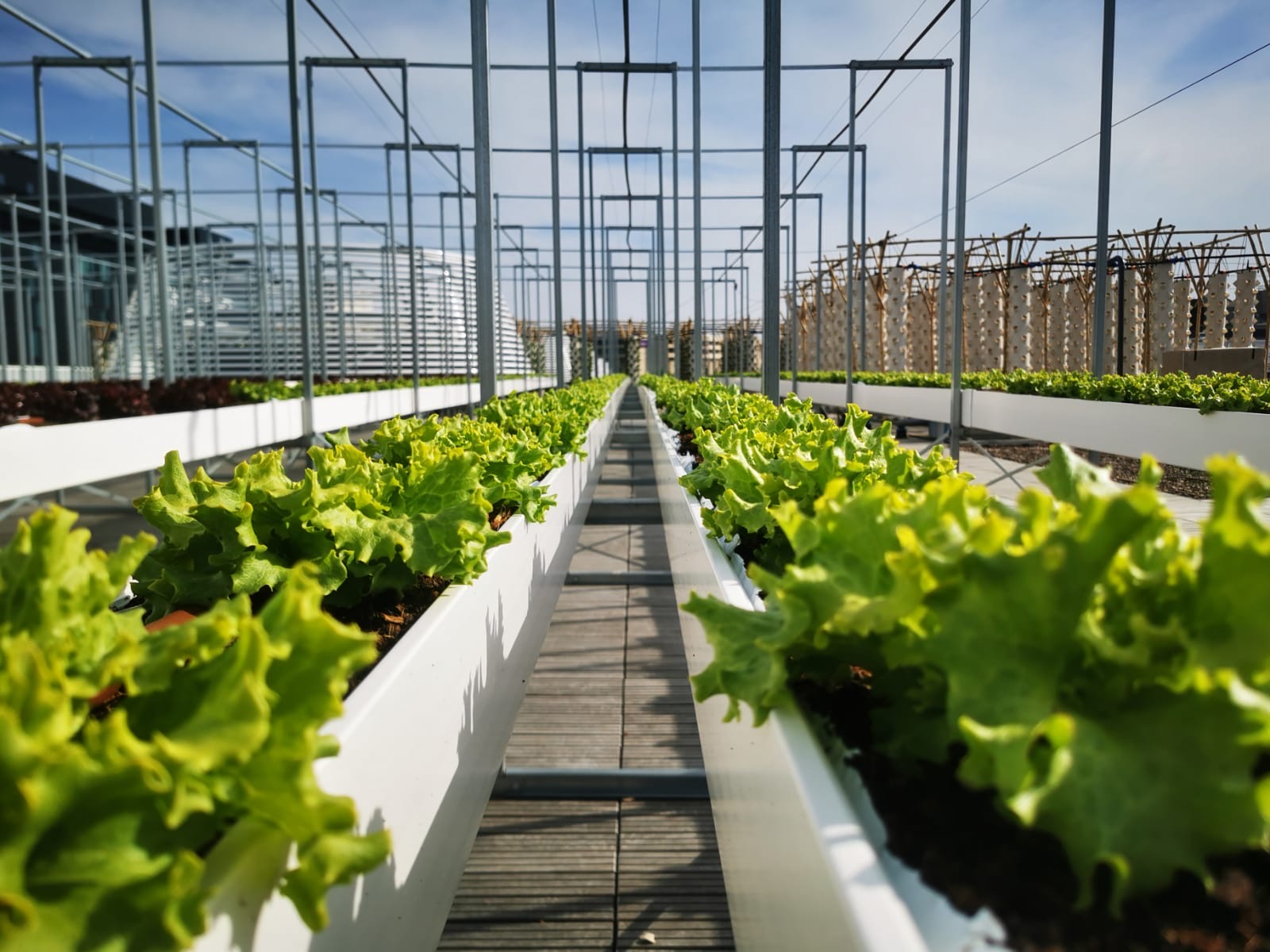
Reused PVC makes plants grow
Urbanisation has highlighted a forthcoming, major challenge: how can we sustainably provide food to growing cities?
We find an answer in urban agriculture. The Food and Agriculture Organization of the United Nations (FAO) estimates that today, 800 million people worldwide have taken on this innovative form of local food production. Its advantages could be a cause for its popular use. Transport, packaging and land-use are minimised, making a positive impact on the Earth’s climate. Growing one’s own products also helps low-income urban residents save money on food purchases.
At the root of urban agriculture lies rigid PVC building waste. Discarded pipes and gutters are readily available and free worldwide, and PVC’s unsurpassed durability, water suitability and light weight have made it the material of choice for the do-it-yourself crowd and professional urban farms. For years, creative ideas combining crops and PVC building waste have sprouted across the globe.
Since 2015, VinylPlus has supported urban garden pilot projects in Denmark and Rwanda to investigate whether a more systematic use of PVC building waste in urban agriculture is feasible. The projects branch into the design and construction of PVC building waste prototypes, so as to scientifically evaluate sustainability potentials, and also establish partnerships with local community centres, architects, local authorities, waste owners and PVC converters. During the UIA World Congress of Architects 2023 in Copenhagen, VinylPlus exhibited the Vinyl Veggies vertical farming sculpture made from PVC pipes from a local recycling centre.
See more at gardentoconnect.eu.
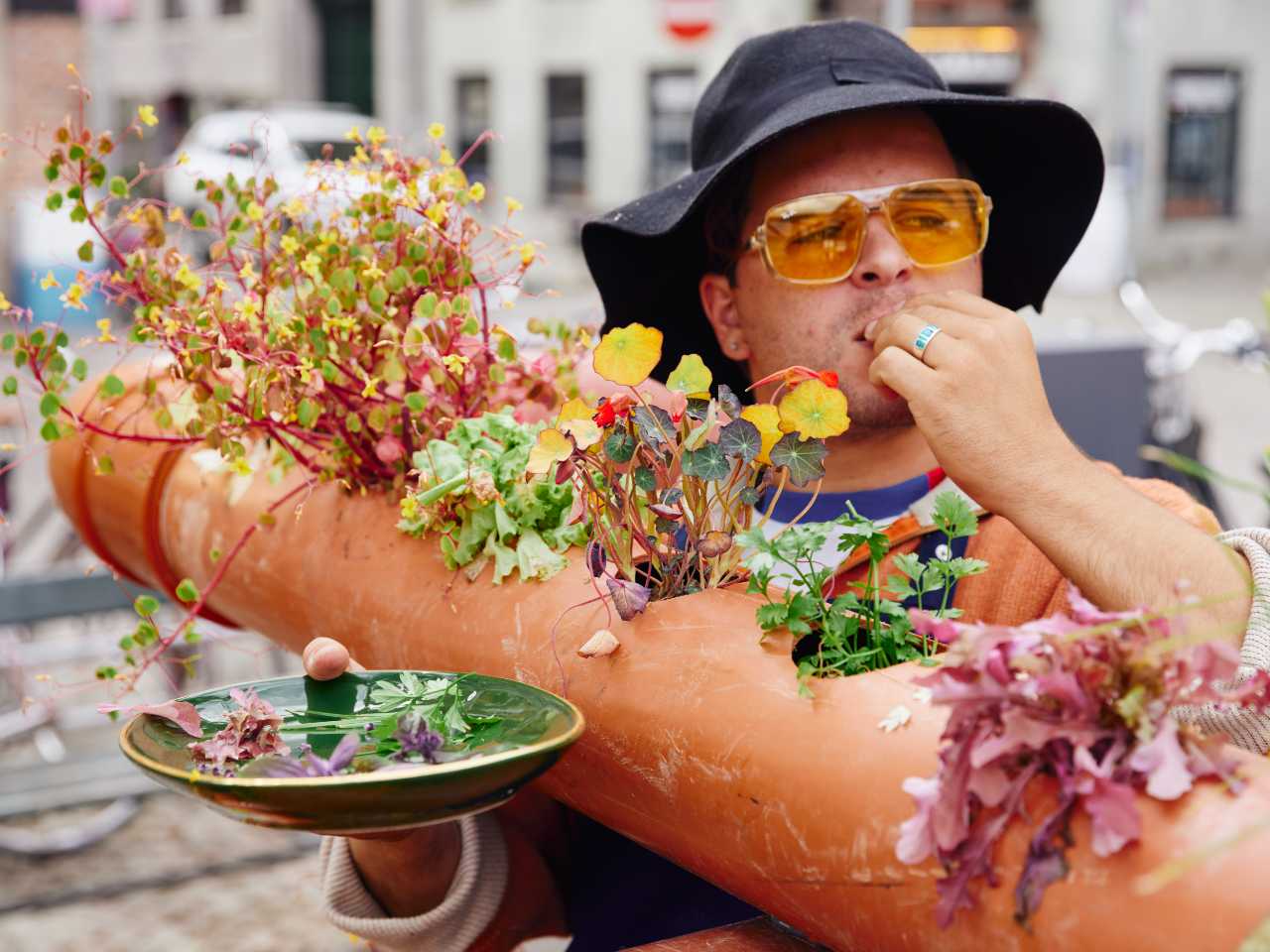
From farm to fork with safe and hygienic PVC conveyor belts and hoses
Sustainable food processing and distribution is one of four pillars in the EU Commission’s Farm to Fork Strategy. To achieve this aim it is important that Europe’s processing industries use materials that keep the food safe and nutritious, to maintain high safety standards and avoid food waste.
PVC conveyor belts are safe for food processing and are suitable for nearly any production machinery or industry. Pharmaceuticals, agriculture and food manufacture are just a few of the industries that use PVC conveyor belts in their production machinery. Hygiene and reliability are vital in these particular industries.
PVC conveyor belts are available in a wide range of colours, stiffnesses and surface structures, making it efficient and easy to optimise production. PVC is commonly used in conveyor belts due to the material’s resistance to chemicals and UV radiation, both of which are used to clean conveyor belts.
What is Ramboll saying?
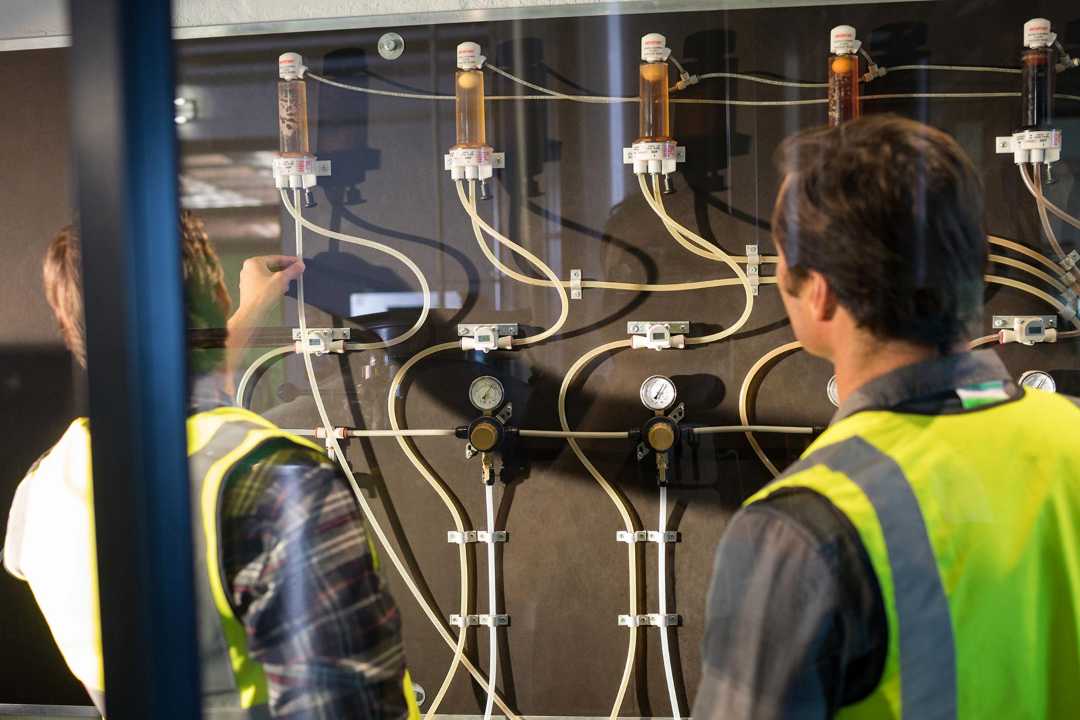
PVC hoses for foodstuffs ensure safe, effective and hygienic conveyance of food and drink around factories, to the containers that end up in shops and, finally, with the consumer. Thanks to PVC’s strength and safety, PVC hoses for foodstuffs are a reliable solutions that meets all requirements imposed on food manufacture.
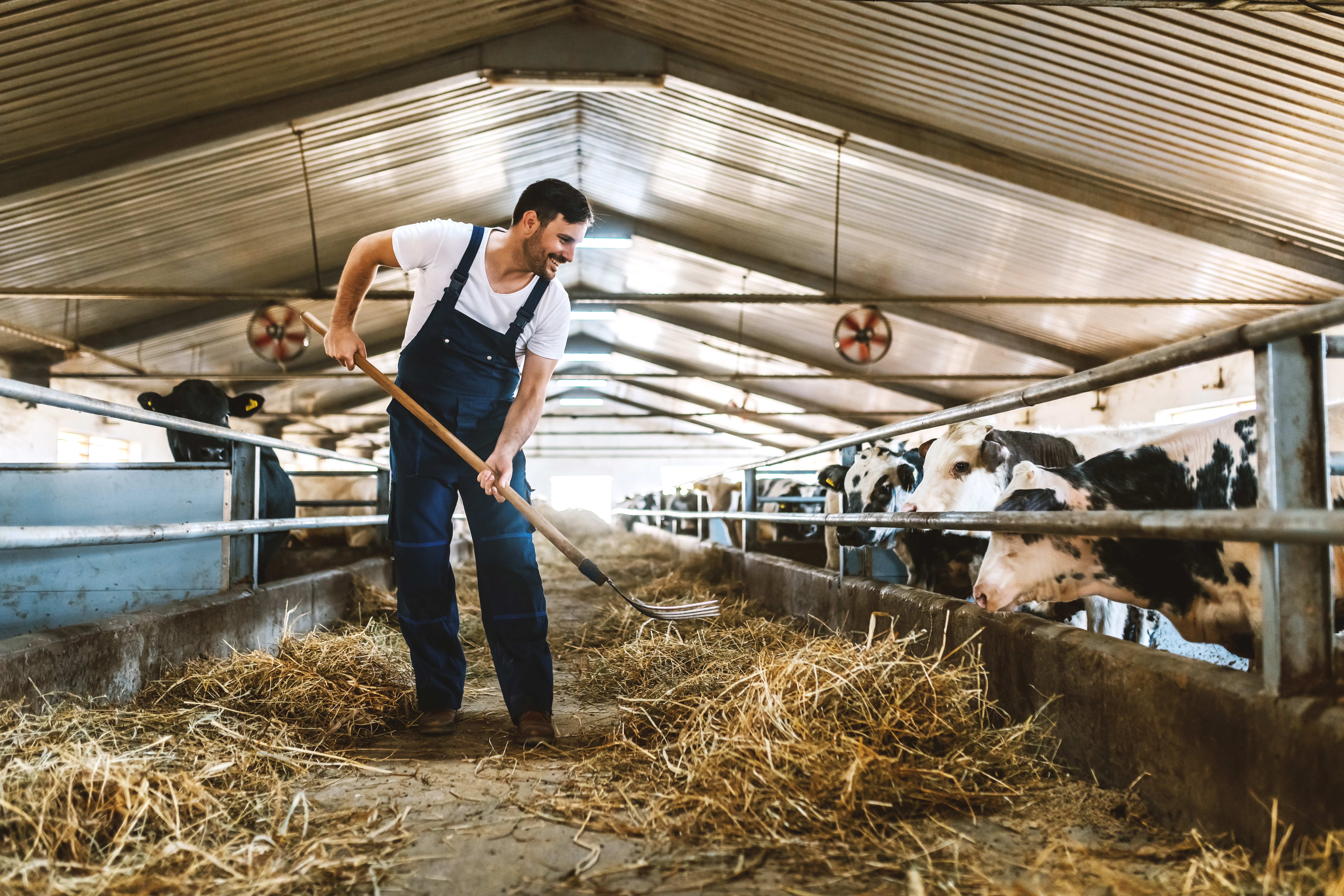
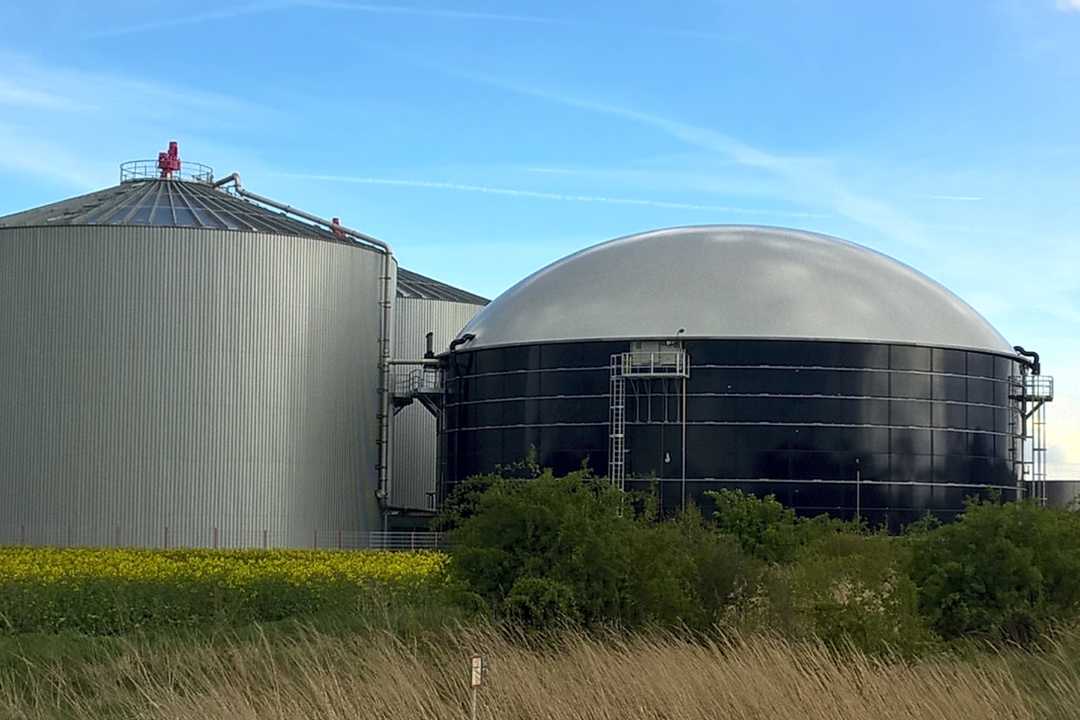
Sturdy PVC equipment for efficient farming
Efficient farming requires sturdy equipment, whether it’s in the barn or on the field. PVC is widely used in European agriculture for this very reason.
Closed PVC piping systems ensure safe transport of livestock manure from stable to manure tank without unwanted emissions of odour and substances on the way. PVC tank covers minimise odours.
Water for animals and plants flows through PVC pipes and hoses. In arid parts of Europe, PVC irrigation pipes turn soil into lush farmland. In dairy farms, transparent PVC suction hoses transport milk from cow to tank. The transparent hoses offer a high rate of visibility and allow for ease-of-use, flexibility and efficient cleaning.
Profiles, planks, mats and other agricultural products made from recycled PVC equip barns and stables.
In larger farms with local biogas production, PVC membranes are placed on top of the storage tank to keep the volatile and flammable gas safe.
Reliable farm machinery with PVC
Tractors, harvesters and other agricultural machinery live a rough life. Breakdowns are costly, so the machinery must be built to last. While the structural elements are typically made of steel or aluminum, many other components are increasingly plastic-based due to their low cost, lightness and resistance to fuels and other liquids.
PVC hoses and tubing are used for fluid transfer systems, such as fuel lines or hydraulic hoses. PVC is a good insulator and is used to insulate wires, cables and electrical components inside the tractor or harvester, and the electrical conduit to protect them are often made of PVC.
PVC is a material of choice for protective covers and guards for various components, such as seats, belts, chains, or other moving parts. PVC conveyor belts are commonly used in agriculture to transport crops from the field to the storage area.
